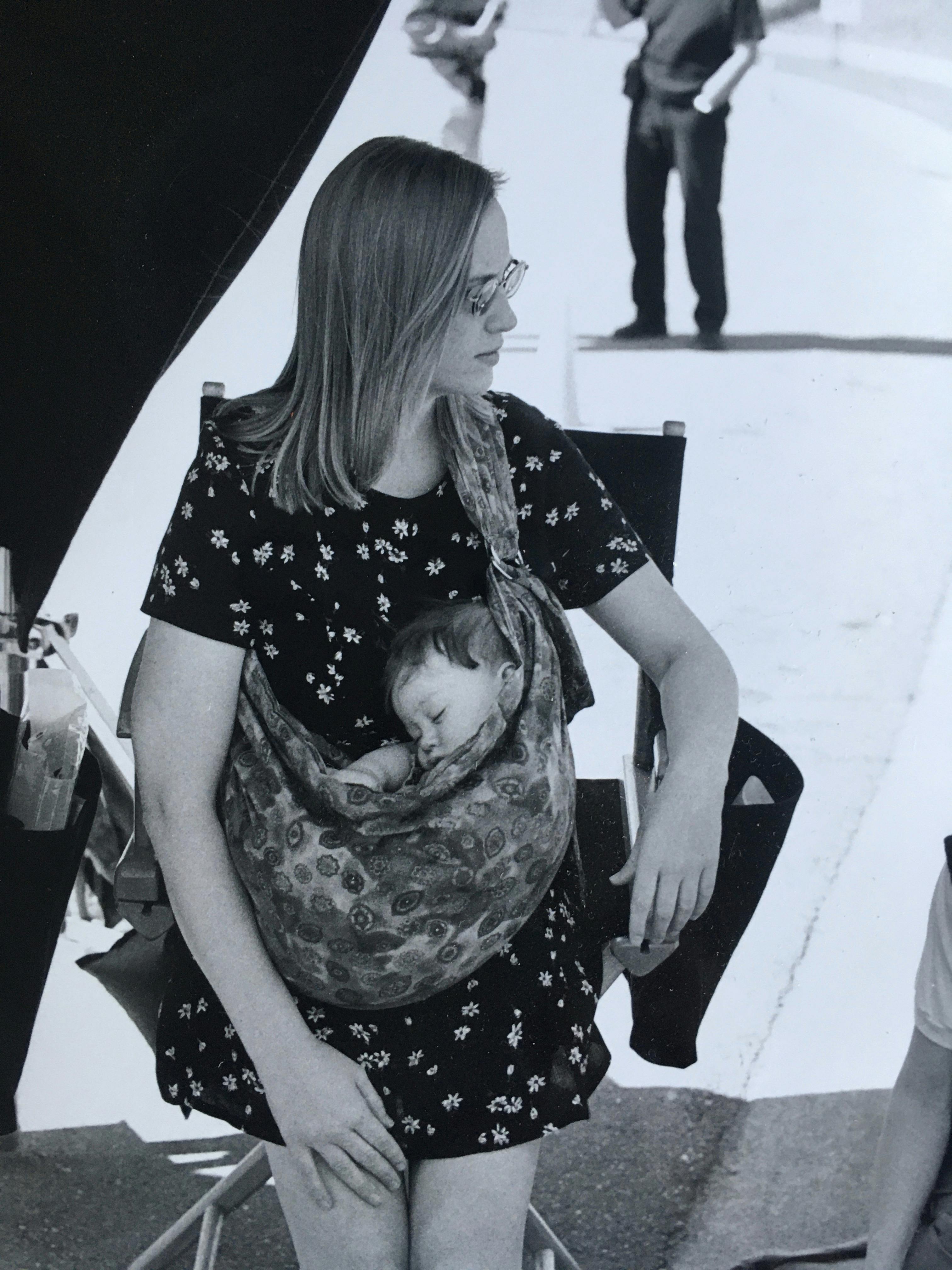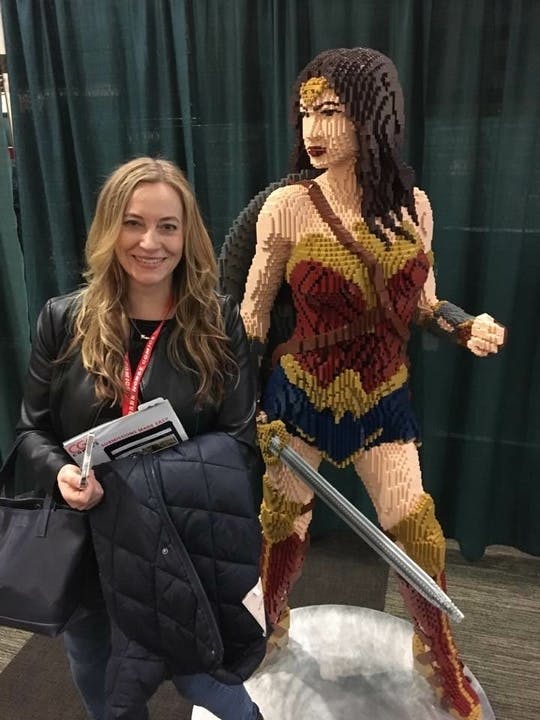Shauna Bryan joined Luma early this year as our Sr. Business Development and Executive Producer of VFX.
Prior to joining Luma, Shauna was the VP of New Business and Production Executive for Sony Pictures Imageworks, as well as VP of Method Studios, Vancouver. She was among Vancouver’s first to produce high calibre visual effects for titles including, The Da Vinci Code, Blades of Glory and Angels & Demons.
We sat down with Shauna to find out all about her exciting 25-year career in the industry, her favorite projects she’s worked on, and more. Have a read!
How did you get started in the film and visual effects industry?
I grew up doing theater, music, art and creative writing, alongside honor academic courses. Going to movies back to back, and on my own was my favorite way to decompress. When it came time to choose a career, filmmaking was a natural fit for my personality. I went to the Vancouver Film School in 1991and pounded the streets to get a job as a location PA. I did 2 years in development, 10 years in physical production, then moved into visual effects in 2003.
How did you segue into becoming a VFX producer? When you set out on your career path, did this ever cross your mind?
I never thought about being a VFX producer when I went into film. Visual effects were more optical effects at the time and there wasn’t an industry in Vancouver. I kind of accidentally fell into visual effects because I was starting to raise a family and wanted better hours than physical production provided. Once I realized how much of a storytelling tool visual effects were, and how creative of an industry it was, I was hooked.
Who were your mentors, if any, throughout your career and what did you learn from them?
I’ve had one incredible mentor in Tracey Jeffrey, a Vancouver based Line Producer I worked with for 7 years. Tracey supported me and let me have visibility and experience in all aspects of physical production. I broke down scripts, did first pass budgets and shooting schedules, helped the Executive Producers with script revisions and directed ADR at times. Tracey also allowed me to bring my children to set when they were babies and I was truly a working mom. Tracey was forward-thinking and I appreciate everything she opened up for me.

